Plant Size: Single plant| Leaves: 6 |Free Shipping| Pot included
Philodendron Spiritus-Sancti Care Tips
What Is Philodendron Spiritus-Sancti?
Philodendron Spiritus-Sancti is part of the Araceae family and is also known as Philodendron Santa Leopoldina and Philodendron Sanctum.
Considered a year-round plant, it thrives near windows or doors that face east. Its sword-like foliage is distinctive, making it a truly exotic and scarce plant.
Not only is this Philodendron a houseplant, but it can also grow outside in certain climates. To grow Philodendron Spiritus-Sancti successfully outdoors, you need to live between hardiness zones 10-12.
Origin And Family
Philodendron Santa Leopoldina is a member of the genus Philodendron, part of the Araceae family. It originated in the Brazil rainforests, specifically the Brazilian state of Espirito Santo. In recent years, philodendron Spiritus-Sancti has become a popular indoor plant, thriving in most households that give it plenty of humidity.
George S. Bunting formally documented this endangered Philodendron species in 1987, but it had been written about as early as 1983.
Philodendron Spiritus-Sancti Plant Size
The Philodendron Santa Leopoldina is a mature Philodendron plant with leaves that grow up to 23.6 inches tall and 4.5-4.9 inches in width. It grows well near a window or an east-facing door to match its light and high humidity requirements.
Philodendron Spiritus-Sancti Care Needs
When properly cared for, your Philodendron Spiritus-Sancti, like any other houseplant, will thrive. The Philodendron Sanctum, which adores humidity, wants relatively moist and airy soil mix throughout the year.
With Philodendrons, most growers recommend that you water them when their top inch of soil is completely dry and give time for the pot’s drainage hole to drain the extra water. Similarly, this gorgeous plant needs solid indirect light to grow in illumination.
Check out the thorough care guidelines below for more specific advice.
| Jiffy Plants Care Tips | |
|---|---|
| Soil | Care Specifics |
| Botanical Name | Philodendron Spiritus-Sancti |
| Common Name | Philodendron Santa Leopoldina, Philodendron Sanctum |
| Plant Family | Araceae |
| Origin | Brazil |
| Plant Type | perennial |
| Leaf Shape | pendant |
| Leaf Color | rich green |
| Recommended Home Placement | a window or an east-facing door |
| Growth Rate | fast |
| Light | bright indirect light |
| Soil | well-draining but moisture-retentive mix |
| When To Water | Water when the top inch of the soil has dried out |
| When To Fertilize | once a month during growing season |
| Preferred pH | 5.5-6.5 |
| Humidity Range | 70%-80% |
| Toxic To Pets? | Yes – symptoms include swelling in the mouth, burning sensation, nausea, and vomiting |
| Common Pests & Diseases | spider mites, brown tips, yellow leabes, root rot, mealy bugs, drooping leaves |
Care Difficulty
The Philodendron Spiritus-Sancti is easy to care for in terms of care difficulty. The most essential elements for this beauty are well-draining soil and plenty of light.
Growth Rate
The Philodendron Spiritus-Sancti plant measures its leaf growth up to 23.6 inches in height and 4.5-4.9 inches in width. Their growth season begins in the spring and summer months.
Philodendron species grow fast, including the Spiritus Sancti.
Potting
You can usually utilize a pot that allows for sufficient airflow when thinking about the pot specifications. When choosing the material of the pot, it will likely be okay to use plastic or hanging baskets.
It must have at minimum one outflow hole, so that water may drain out of it. Many growers use plastic pots with holes drilled into the pot’s side to allow for improved ventilation.
In addition, a clear plastic container may be used to inspect the roots regularly without disturbing the plant.
Philodendron doesn’t like to sit in water–– most plants don’t. If you let it sit in water too long, it is at risk of suffering from root rot. And trust us, that’s not fun.
Repotting
To maintain your Philodendron Spiritus-Sancti’s health and growth, you should provide new space in a fresh pot when it gets a specific size. It’s imperative to repot it when you see the roots protrude through the drainage holes. Such would mean that it’s past time to switch your plant to a larger container.
Another reason to repot your Philodendron Sanctum is if you think it has root rot, which can seriously damage or kill the plant. Typically, you want to repot every one to two years or so.
Soil
Philodendron Spiritus Sancti plants, unlike some houseplants, need a well-draining but moisture-retentive mix. If you are going to mix your own potting soil, we recommend including peat moss, orchid bark, charcoal, and silica sand. Always keep in mind that Spiritus Sancti prefers a wet growth environment.
A quality, well-draining soil is a good option for this easy-to-care-for plant.
pH
Your Spiritus Sancti prefers soil with a pH between 5.5 and 6.5, which is neutral to slightly acidic. Philodendrons can be grown inside, but this isn’t generally a problem if you’re often repotting or adding fresh soil.
Water
Temperature and excessive humidity might affect how often you need to water your plants. But generally speaking, your Philodendron Spiritus-Sancti prefers a relatively moist growing medium.
As a general rule, you should avoid overwatering the Philodendron Santa Leopoldina. When the top inch of the soil has dried out, it’s time to water the dirt. To prevent infections and mildew, make sure you don’t water the leaves themselves.
Do not let any of the pot’s water go to waste! However, don’t let the tray, where your plant is resting, fill up with water.
Avoid putting your Philodendron Spiritus-Sancti in direct sunlight for a long time, as this could severely damage or even kill it.
Light
For ideal growing conditions, you want to simulate the natural habitat of Philodendron Spiritus-Sancti, which would be the rainforests of Brazil. Because of this, you want to give your Philodendron Santa Leopoldina bright indirect light for 6-8 hours a day or 2-4 hours of direct sunlight in the morning each and every day. Placing this plant near a window or an east-facing door works well in most situations.
You’ll know your Philodendron Santa Leopoldina is getting too much light when its leaves show signs of getting burned. On the other hand, the leaves of this plant may become a pale green if it does not get enough light.
Light overexposure may lead to drooping and yellowing leaves, but it may also be a symptom of poor fertility. See our section on fertilizer. If the tops of your Philodendron Spiritus-Sancti leaves have turned brown, likely, you aren’t giving it enough light.
Fertilizer
Many indoor growers forget to fertilize, thinking water and bright indirect light are enough. But once a month during spring and summer, you should apply a water-soluble fertilizer.
If you’re using a more potent fertilizer, you may need to dilute it first. In the winter months, you don’t need to fertilize at all.
Only logged in customers who have purchased this product may leave a review.

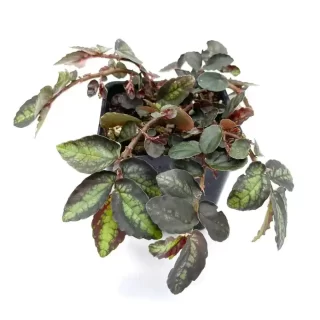

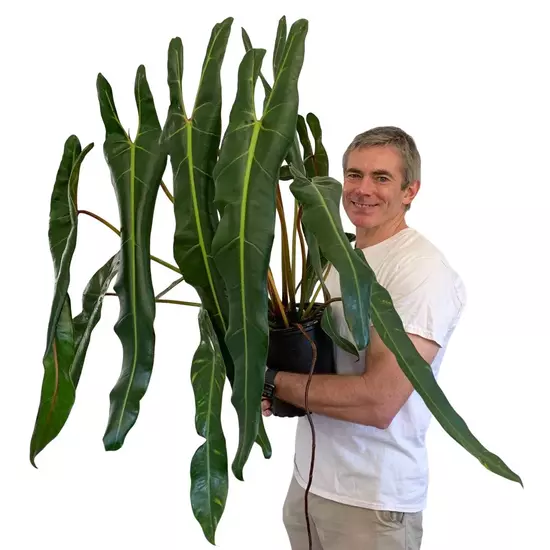
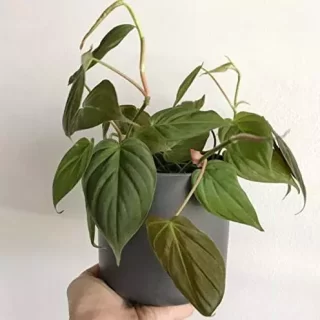

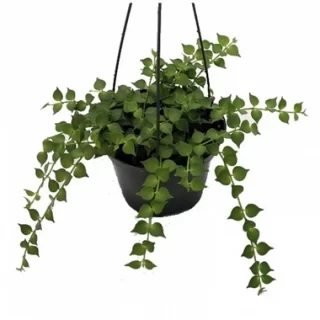
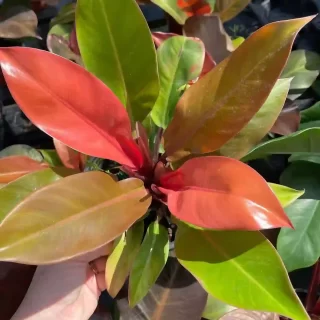
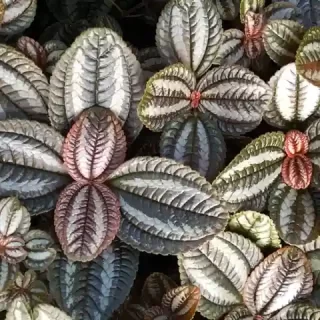
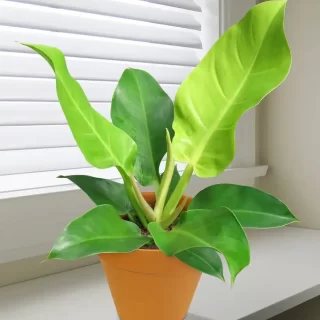
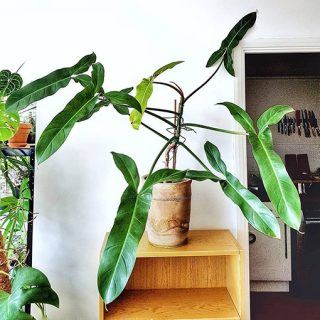
 If you need any assistance, I'm always here. Have you found what you were looking for?
If you need any assistance, I'm always here. Have you found what you were looking for?
Reviews
There are no reviews yet.